Table of Contents[Hide][Show]
- Nutrivore Score for Collard Greens – 3323
- Collard Green Nutrition Facts
- Collard Green Nutrition Varies With Cooking and Processing
Health Benefits of Collard Green Nutrients+−
- Collard Greens Provide 262% DV Vitamin K
- Collard Greens Provide 144.5 mg of Glucosinolates
- Collard Greens Provide 5296.3 μg of Carotenoids
- Collard Greens Provide 28% DV Vitamin C
- Collard Greens Provide 23% DV Vitamin B9 (Folate)
- Collard Greens Provide 178.6 mg of Polyphenols
- Collard Greens Provide 21% DV Manganese
- Collard Greens Provide 20% DV Vitamin A
- How Much Collard Greens Should We Eat Per Day?
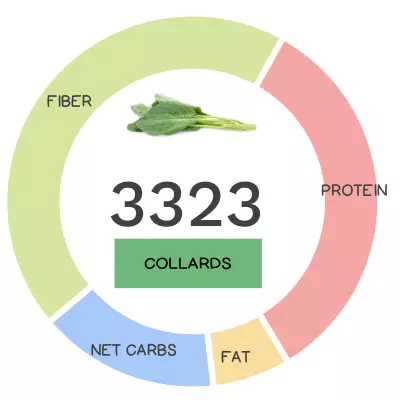
When it comes to fancy foods, nothing beats “collared” greens. (Hyuck, get it?) In actuality, this elegantly dressed leafy vegetable derives its name from the word “colewort,” which was a medieval term for non-heading Brassica (Cabbage family) crops. That’s right, collards, as they are sometimes referred to, are members of the Brassicaceae (aka cruciferous) vegetable family. In fact, broccoli, Brussels sprouts, cabbage, gai lan, kale, kohlrabi, Savoy cabbage, and collard greens are all cultivars of the same species – Brassica oleracea! All members of the family descended from wild cabbage with the original species evolving over thousands of years into cultivars with different characteristics enjoyed as diverse veggies today. For instance, cultivars with large heads became cabbage, those with thick stems and flower buds became broccoli, while others with swollen stems are now known as kohlrabi. In the case of collards, the result was a loose-leafed cultivar with large, thick, dark green leaves which have been eaten in Europe for at least 2000 years, where they were cultivated by the Greeks and Romans.
Collard greens were cultivated by the Greeks and Romans and have been consumed in Europe for at least 2,000 years.
These leafy greens, with a characteristic slightly bitter flavor (tastier after the first frost), are popular world-wide but have become synonymous with Southern-American cuisine, where they are a staple vegetable that has come to symbolize African-American culture. In the South, this veggie is regularly featured in festivals and cooking challenges and has even been named the state vegetable of South Carolina! Historically, there was a large number of collard varieties grown in the United States but when people moved away from the country and into cities after World War II, the numbers drastically declined, leaving only 5 varieties commonly grown in cultivation. In an effort to preserve and restore more collard cultivars, recently projects have been undertaken to safeguard seeds of uncommon varieties. Let’s hope these efforts are successful so that we can all continue to enjoy the health benefits this leafy green crucifer has to offer for many years to come.
Learn What Foods to *ADD* to Your Diet
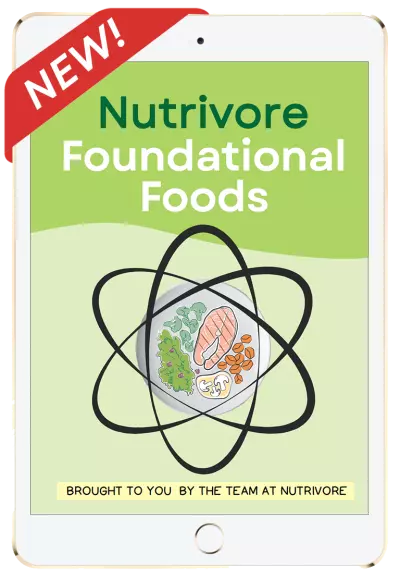
Nutrivore Foundational Foods
Learn what makes the 12 Nutrivore foundational food families nutritionally unique, their health benefits, which options are the most nutrient dense, how much of them to eat, plus various fun facts, practical pointers, and busting of common myths.
This very helpful resource will introduce you to new foods and expand your nutrition knowledge, making food choices easier!
Buy now for instant digital access.
Nutrivore Score for Collard Greens – 3323
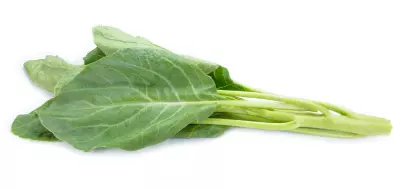
Collard greens have a Nutrivore Score of 3323, which makes them a super nutrient-dense food! Plus, they are a low-carb and low-calorie-density food; the calorie count of collard greens is just 12 calories per cup!
Per serving, collard greens are a best source (>50% daily value) of carotenoids, glucosinolates, and vitamin K; an excellent source (20-50% daily value) of manganese, polyphenols, vitamin A, vitamin C, and vitamin B9 (folate); and are a good source (10-20% daily value) of calcium, dietary fiber, and vitamin E.
Ditch Diets. Embrace Nutrients. Start with These 5 Free Guides.
Sign up for the free weekly Nutrivore Newsletter and get 5 high-value downloads—delivered straight to your inbox—that make healthy eating simple and sustainable.
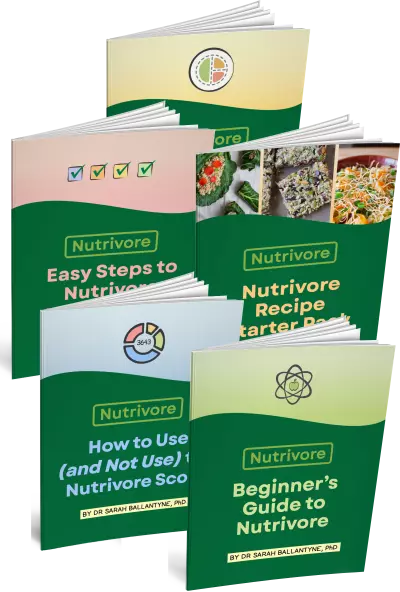
Collard Green Nutrition Facts
One serving of collard greens is standardized to 2 cups of collard greens, chopped, or about 72 grams (2.5 ounces). When you cook collard greens, they reduce in volume by approximately 80% which means: 5 1/2 cups of raw collard greens is roughly equivalent to 1 cup boiled collard greens.
Collard Green Nutrition Facts Per Serving
| Collards, raw | Nutrivore Score: 3323 | Nutrient Density: Super! |
|---|---|---|
| Serving Size: 2 cups (72 grams) | Protein: 2.2 grams | Net Carbohydrates: 1.0 grams |
| Calories: 23 | Total Fat: 0.4 grams | Dietary Fiber: 2.9 grams |
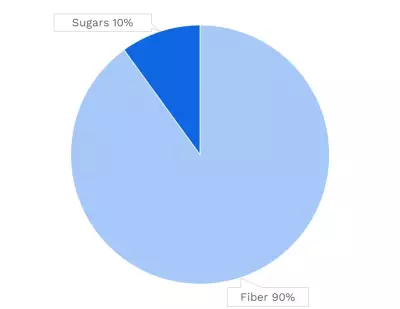
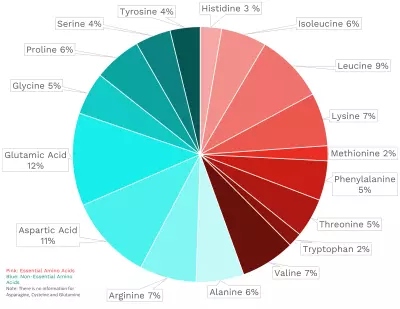

| VITAMINS | ||
|---|---|---|
| Vitamin A | 180.7 μg RAE | 20% DV |
| Vitamin B1 (Thiamin) | 38.9 μg | 3% DV |
| Vitamin B2 (Riboflavin) | 93.6 μg | 7% DV |
| Vitamin B3 (Niacin) | 0.5 mg | 3% DV |
| Vitamin B5 (Pantothenic Acid) | 0.2 mg | 4% DV |
| Vitamin B6 (Pyridoxine) | 118.8 μg | 7% DV |
| Vitamin B7 (Biotin) | ~ | ~ |
| Vitamin B9 (Folate) | 92.9 μg | 23% DV |
| Vitamin B12 (Cobalamin) | 0.0 μg | 0% DV |
| Vitamin C | 25.4 mg | 28% DV |
| Vitamin D (D2 + D3) | 0.0 μg | 0% DV |
| Vitamin E | 1.6 mg | 11% DV |
| Vitamin K | 314.7 μg | 262% DV |
| Choline | 16.7 mg | 3% DV |
| Myo-Inositol | 46.1 mg | ~ |
| CoQ10 | ~ | ~ |
| FUNCTIONAL FATS | ||
|---|---|---|
| MUFA | 0.0 g | 0% DV |
| ALA | 77.8 mg | 5% DV |
| EPA + DHA | 0.0 mg | 0% DV |
| CLA | ~ | ~ |
| Linoleic Acid | 0.1 g | 0% DV |
| MCT’s | 0.0 g | ~ |
| MINERALS | ||
|---|---|---|
| Calcium | 167.0 mg | 13% DV |
| Copper | 33.1 μg | 4% DV |
| Iodine | ~ | ~ |
| Iron | 0.3 mg | 2% DV |
| Magnesium | 19.4 mg | 5% DV |
| Manganese | 473.8 μg | 21% DV |
| Phosphorus | 18.0 mg | 1% DV |
| Potassium | 153.4 mg | 3% DV |
| Selenium | 0.9 μg | 2% DV |
| Sodium | 12.2 mg | 1% DV |
| Zinc | 0.2 mg | 1% DV |
| PHYTONUTRIENTS | ||
|---|---|---|
| Carotenoids | 5296.3 μg | ~ |
| Polyphenols | 178.6 mg | ~ |
| Phytosterols | ~ | ~ |
| Glucosinolates | 144.5 mg | ~ |
| Thiosulfinates | ~ | ~ |
| Betalains | ~ | ~ |
| AMINO ACIDS & PEPTIDES | ||
|---|---|---|
| Taurine | ~ | ~ |
| Ergothioneine | ~ | ~ |
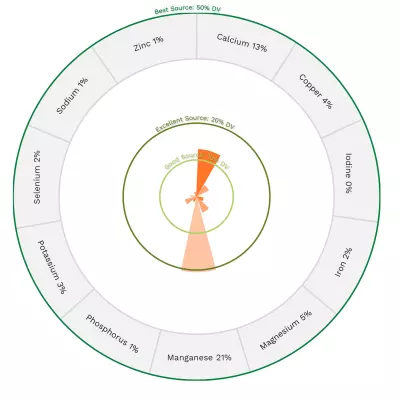
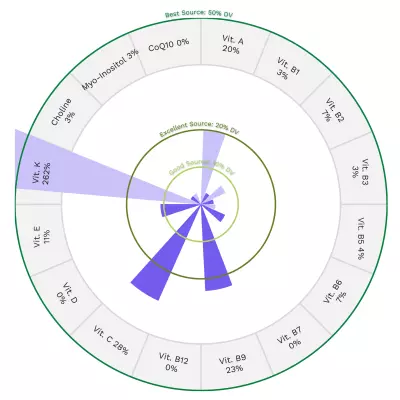
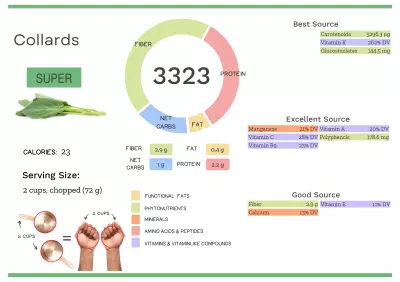
Collard Green Nutrition Varies With Cooking and Processing
The Nutrivore Score for collards varies depending on method of preparation and processing. For instance, purchasing frozen collard greens is a convenient option available year-round at your local grocery store.
| NUTRIVORE SCORE | |
|---|---|
| Collards, cooked, boiled, drained, with salt | 5089 |
| Collards, cooked, boiled, drained, without salt | 3109 |
| Collards, frozen, chopped, cooked, boiled, drained, with salt | 3847 |
| Collards, frozen, chopped, cooked, boiled, drained, without salt | 3847 |
| Collards, frozen, chopped, unprepared | 3248 |
| Collards, raw | 3323 |
Impressed by the unbe-LEAF-able nutrition in collards? Maybe your friends will be too!
Health Benefits of Collard Green Nutrients
Let’s take a closer look at all of the best and excellent source of nutrients found in a 2-cup serving of collard greens and see how they benefit our health.
Collard Greens Provide 262% DV Vitamin K
Collard greens are a particularly awesome source of vitamin K, providing a whopping 262% of the daily value per 2-cups serving!
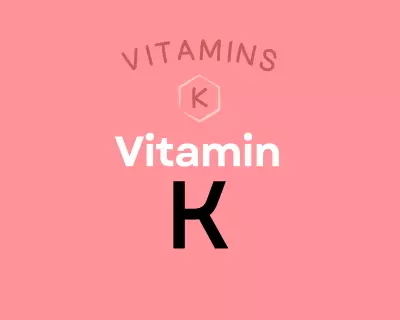
Vitamin K is actually a group of fat-soluble vitamins with a similar molecular structure, existing as K1, multiple isoforms of K2, and the synthetic form K3. This nutrient plays a vital role in coagulation, due to serving as a cofactor for proteins needed for blood clotting; it’s also essential for bone metabolism, cellular function, and the prevention of soft tissue calcification. Getting enough vitamin K2 can help protect against cardiovascular disease, may improve bone mineral density and skeletal health, and may even support endocrine function and brain health; there’s also some limited evidence it has anti-cancer and anti-inflammatory properties. Learn more about vitamin K here.
Collard Greens Provide 144.5 mg of Glucosinolates
Collards are a fantastic source of glucosinolates, providing an amazing 144.5 mg glucosinolates per 2-cup serving!
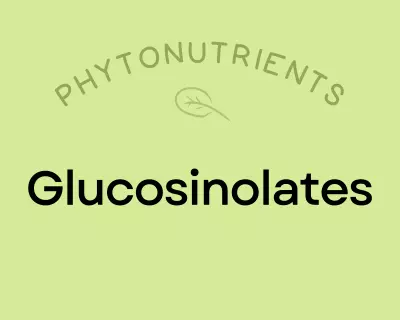
Glucosinolates are well-studied sulfur-containing compounds which break down into bioactive isothiocyanates and indoles when vegetables are damaged (via chewing, cutting, or other processing).
Isothiocyanates (like sulforaphane) are absolute rock stars as far as human health is concerned! Research spanning human epidemiology, animal models, and in vitro experiments show that dietary isothiocyanates are inversely associated with bladder cancer, lung cancer, colon cancer, breast cancer, and pancreatic cancer; some evidence also suggests they may be able to improve ventricular function following heart attacks.
Indoles also have powerful cancer prevention benefits through multiple mechanisms that include modulation of phases I and II detoxification enzymes, regulation of cell cycle arrest, control of cell growth, induction of apoptosis, antioxidant activity, anti-angiogenic effects, and epigenetic regulation. Indole-3-carbinol breaks down into 3,3′-Diindolylmethane (DIM), which is known for its anti-inflammatory, immune system modulating, cancer prevention and estrogen metabolism benefits.
Learn more about glucosinolates here.
Collard Greens Provide 5296.3 μg of Carotenoids
Collards are also an amazing source of carotenoids, providing 5296.3 μg per 2-cup serving!
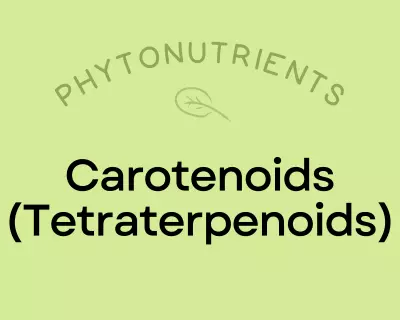
Carotenoids are a diverse group of phytonutrients that are responsible for giving fruits and vegetables vibrant red, orange, and yellow pigmentation. They were one of the earliest phytonutrients ever investigated by scientists (with research dating back to the 1800s!). Across studies, eating foods high in carotenoids appears to reduce the risk of head and neck cancers, supports vision health (particularly age-related eye diseases), may protect against metabolic syndrome and diabetes, and can reduce inflammation. Carotenoids have strong antioxidant properties, and help facilitate communication between cells by promoting the synthesis of connexin proteins, which create gap junctions in cell membranes that allow small molecules to be exchanged (which is part of how cells “talk” to each other!). Consuming carotenoids with fat significantly increases their absorption. Learn more about carotenoids here.
Collard Greens Provide 28% DV Vitamin C
This leafy green is also an excellent source of vitamin C, providing 28% of the daily value per 2-cup serving.

Vitamin C is a water-soluble vitamin that has powerful antioxidant properties (meaning it can help combat oxidative damage from free radicals and reactive oxygen species) and that serves as an enzyme cofactor (meaning it’s needed for enzymes to do their job, for example vitamin C is necessary for collagen synthesis, which is essential for bones, joints, teeth, blood vessels, skin and eyes) and playing important roles in immune system and skin health. Higher intakes of vitamin C are linked to reduced risk of heart disease, some forms of cancer, type 2 diabetes, cataracts, age-related macular degeneration, and gout. Vitamin C can also help regulate the stress response and reduce anxiety, and there’s preliminary evidence that it may also help prevent Alzheimer’s disease. Learn more about vitamin C here.
Collard Greens Provide 23% DV Vitamin B9 (Folate)
In addition, collard greens are an excellent source of vitamin B9 (folate), providing 23% of the daily value per 2-cup serving.

Vitamin B9 (folate) is an essential B vitamin that plays roles in blood cell production, the formation of genetic material (including DNA), and cell growth and function. It’s particularly important during pregnancy, when folate demands increase due to the rapid creation of new cells and DNA. Along with helping protect against fetal development problems, folate can support cardiovascular health, potentially protect against certain cancers, and reduce the risk of cognitive and neurological disorders later in life. Learn more about vitamin B9 here.
Collard Greens Provide 178.6 mg of Polyphenols
Collards are also a rich source of polyphenols, with 178.6 mg per 2-cup serving.
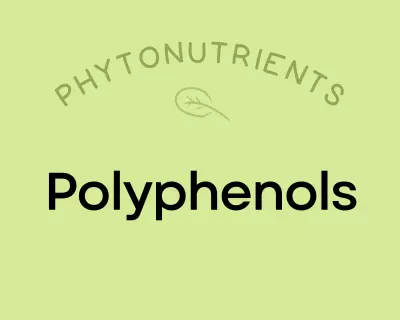
Polyphenols play a huge role in protecting against cancer, heart disease, diabetes, asthma, osteoporosis, neurodegenerative diseases, and other conditions associated with oxidative stress. In fact, a major reason foods like red wine and olive oil (as well as diets rich in both, such as the Mediterranean diet) show up as so beneficial may be due to their high polyphenol content! Along with chronic diseases, supplementing with polyphenols has been shown to protect against infections and reduce the signs of aging. Polyphenols exert their most potent effects by acting as antioxidants—preventing cellular damage by neutralizing hazardous oxygen radicals and improving cellular health as a result (which, in turn, benefits virtually every system in the body). As a result of their antioxidant properties, polyphenols also boost the immune system and protect against both chronic and acute diseases. In addition, polyphenols can help regulate enzyme function, stimulate cell receptors, modulate the functions of inflammatory cells (including T and B lymphocytes, macrophages, platelets, and natural killer cells), alter adhesion molecule expression, affect nerve cells and cardiac muscle cells, and exert antiviral effects. Learn more about polyphenols here.
Collard Greens Provide 21% DV Manganese
This cruciferous veggie is an excellent source of manganese, providing 21% of the daily value per 2-cup serving.
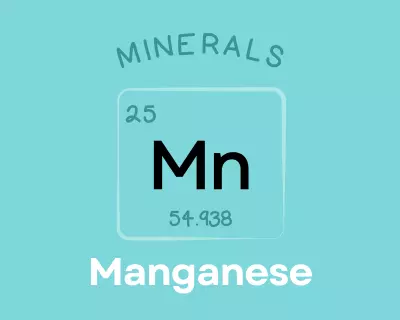
Manganese is an essential mineral that serves as a cofactor and component of numerous enzymes. Through these roles, it’s involved in carbohydrate metabolism, amino acid synthesis, gluconeogenesis, detoxification, lipid processing, free radical defense, bone and collagen formation, and wound healing. Although the research so far is limited, some evidence suggests that manganese can protect against osteoporosis and diabetes, and may even be involved in seizure disorders. Learn more about manganese here.
Collard Greens Provide 20% DV Vitamin A
Collard greens are also an excellent source of vitamin A, containing 20% of the daily value per 2-cup serving.
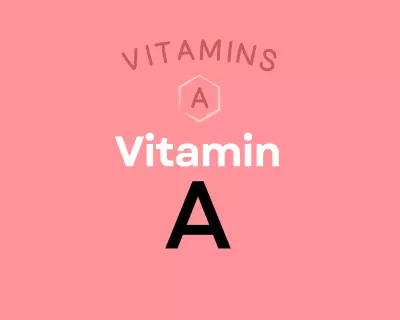
Vitamin A is actually a group of fat-soluble retinoids with vitamin A activity in the body. This nutrient is essential for a number of physiological functions—particularly vision, reproduction, thyroid health, immunity, and cellular communication. Getting enough vitamin A helps protect against some vision disorders (like night blindness and macular degeneration), supports a healthy menstrual cycle and sperm production, reduces infection risk, and allows for proper growth and development from the fetal years through childhood. Learn more about vitamin A here.
Want to know the top 500 most nutrient-dense foods?

Top 500 Nutrivore Foods
The Top 500 Nutrivore Foods e-book is an amazing reference deck of the top 500 most nutrient-dense foods according to their Nutrivore Score. Think of it as the go-to resource for a super-nerd, to learn more and better understand which foods stand out, and why!
If you are looking for a quick-reference guide to help enhance your diet with nutrients, and dive into the details of your favorite foods, this book is your one-stop-shop!
Buy now for instant digital access.
How Much Collard Greens Should We Eat Per Day?
You know the old aphorism, a Brassica vegetable a day keeps the doctor away! Wait, that’s not how it goes? It should be!
Every serving of fresh, whole vegetables or fruit we eat daily reduces the risk of all-cause mortality by 5% to 8%, with the greatest risk reduction seen when we consume five or more servings per day. In fact, consuming 800 grams of vegetables and fruits daily reduces all-cause mortality by 31% compared to eating less than 40 grams daily. A 2017 meta-analysis showed that 2.24 million deaths from cardiovascular disease, 660,000 deaths from cancer, and 7.8 million deaths from all causes could be avoided globally each year if everyone consumed 800 grams of veggies and fruits every day.
Eating vegetables and fruit in abundance lowers risk of cancer, cardiovascular disease, type 2 diabetes, obesity, chronic kidney disease, osteoporosis and bone fragility fractures (including hip fracture), cognitive impairment and dementia (including Alzheimer’s disease), neurodegenerative diseases, asthma, allergies, chronic obstructive pulmonary disease, age-related macular degeneration, cataracts, glaucoma, depression, ulcerative colitis and Crohn’s disease, rheumatoid arthritis, inflammatory polyarthritis, non-alcoholic fatty liver disease, acne, seborrheic dermatitis, and lowers markers of inflammation. Learn more in Importance of Vegetables and Fruit.
Covering half of your plate with a variety of vegetables (and three quarters of your plate if your starchy food is a root vegetable or winter squash) at each meal is a simple way to easily achieve the goal of 5 or more servings of vegetables daily.
Studies show that, for every 100 grams of cruciferous veggies (like collard greens), we eat daily, all-cause mortality decreases by 24%!
One to two servings per day of leafy greens is a great target, but there doesn’t seem to be any downside to consuming way more than that!
Studies also show that leafy greens (like collard greens) offer a huge range of scientifically demonstrated health benefits. For instance, for every 1/3 cup of leafy greens you eat each day you reduce the risk of type 2 diabetes by 13%. Leafy green consumption has also been associated with a 40% lower risk of death from colorectal cancer in men, a 16% reduction in cardiovascular disease and slower cognitive decline in elderly adults. Amazingly, an average of only 1.3 servings per day was associated with the equivalent of being 11 years younger in cognitive age! Taking this all into account means that one to two servings per day of leafy greens (like collard greens) is a great target, but there doesn’t seem to be any downside to consuming way more than that!
Just remember, it’s always best to mix up the veggies you eat day to day (aiming for a wide variety of different vegetables and fruits throughout the week), and collards definitely have a place at the table.
Easily track your servings of Nutrivore Foundational Foods!

The Nutrivore Weekly Serving Matrix
The Nutrivore Weekly Serving Matrix digital resource is an easy-to-use and flexible weekly checklist designed to help you maximize nutrient-density and meet serving suggestions of Nutrivore foundational foods, all without having to weigh or measure your foods!
Includes a 22-page instructional guide and downloadable interactive guides.
Buy now for instant digital access.
Citations
Expand to see all scientific references for this article.
Clements RS Jr, Darnell B. Myo-inositol content of common foods: development of a high-myo-inositol diet. Am J Clin Nutr. 1980 Sep;33(9):1954-67. doi: 10.1093/ajcn/33.9.1954. PMID: 7416064.
Huang Z, Wang B, Eaves DH, Shikany JM, Pace RD. Total phenolics and antioxidant capacity of indigenous vegetables in the southeast United States: Alabama Collaboration for Cardiovascular Equality Project. Int J Food Sci Nutr. 2009 Mar;60(2):100-8. doi: 10.1080/09637480701605715. PMID: 17886092.
McNaughton SA, Marks GC. Development of a food composition database for the estimation of dietary intakes of glucosinolates, the biologically active constituents of cruciferous vegetables. Br J Nutr. 2003 Sep;90(3):687-97. doi: 10.1079/bjn2003917. PMID: 13129476.
USDA Food Central Database: Collards, raw


